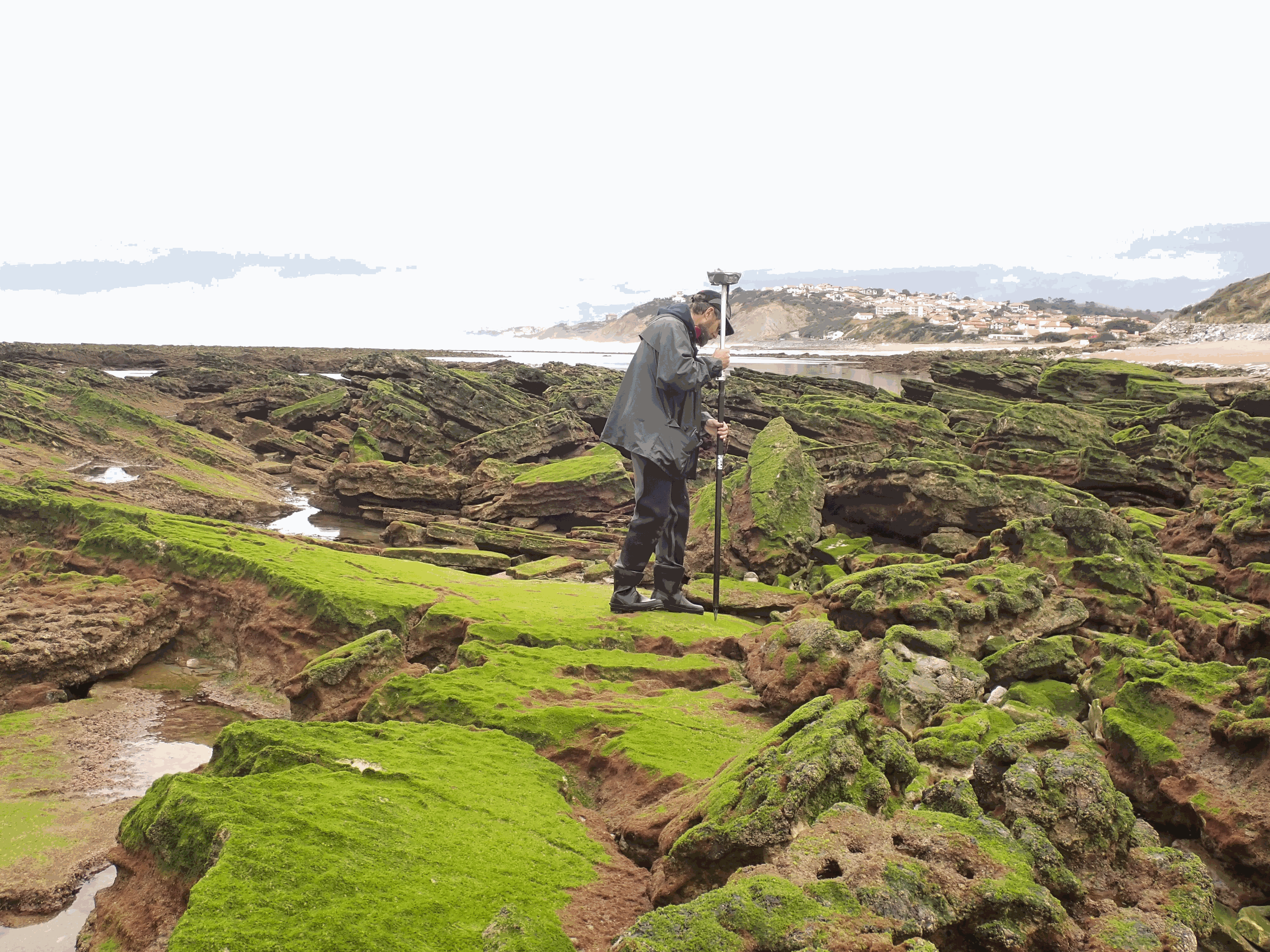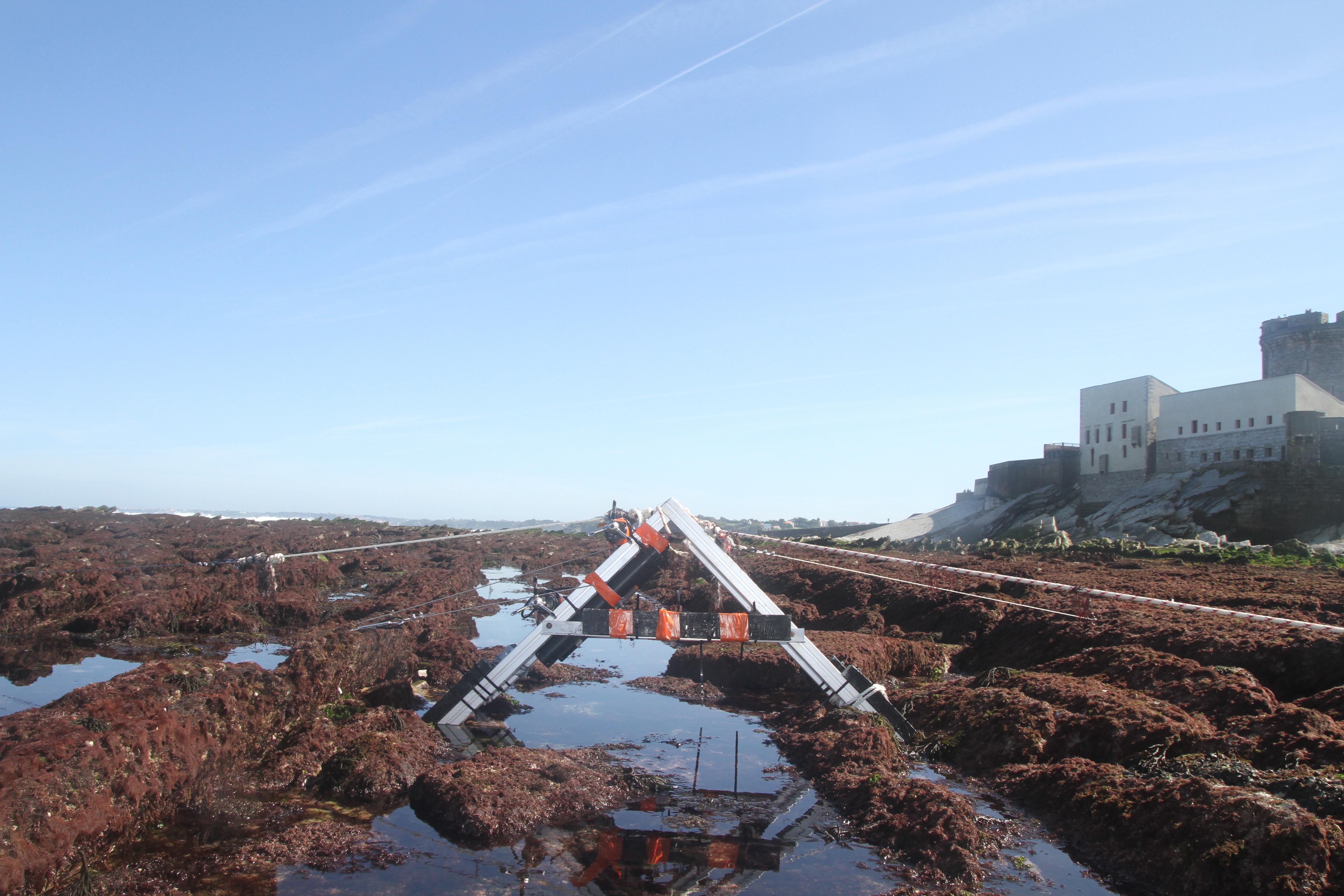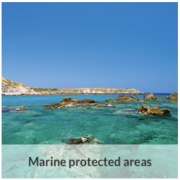Bathymetry
Type of resources
Available actions
Topics
Keywords
Contact for the resource
Provided by
Years
Formats
Representation types
Update frequencies
status
Service types
Resolution
-

The coastal topobathymetric DEM of Ré Island's surroundings, with a resolution of 0.00005° (~5 meters), was created by Shom as part of the HOMONIM-3 project. It covers the coast of the municipalities of Ars-en-Ré and Saint-Clément-des-Baleines, extending offshore to a depth of about 20 meters, to the west of the Phare des Baleines lighthouse. This DEM is designed for use in hydrodynamic models to enhance the modeling of coastal processes, particularly forecasting submersion risk. The product complements the coastal topobathymetric DEM of the Pertuis-Charentais, with a resolution of 0.0002° (~20 meters), and the bathymetric DEM of the Atlantic coast, with a resolution of 0.001° (~100 meters). It is available in the vertical reference of the Lowest Astronomical Tide (LAT) or the Mean Sea Level (MSL).
-

The update of the coastal topo-bathymetric DEM of the Gironde estuary - upstream with a resolution of 0.0002° (~ 20 m) was carried out in the third phase of the HOMONIM project. This DEM covers the upstream part of the Gironde estuary, from Pauillac to Bordeaux on the Garonne and to Libourne on the Dordogne. It is complementary to the DEM covering the downstream estuary (between Pauillac and the mouth of the Gironde). The DEM is intended to be implemented in hydrodynamic models in order to produce forecasts as accurate as possible of water heights and sea states at the coast to improve the relevance of the Wave-Submergence Vigilance. This product is available with either the Lowest Astronomic Tide (LAT) or the Mean Sea Level (MSL) as a vertical reference.
-

The update of the coastal topo-bathymetric DEM of the Pertuis charentais at a resolution of 0.0002° (~ 20 m) was carried out in the third phase of the HOMONIM project. The DEM extends from the terrestrial domain to about 60 meters depth over all the pertuis (pertuis Breton, pertuis d’Antioche and pertuis of Maumusson). The DEM is intended to be implemented in hydrodynamic models in order to produce forecasts as accurate as possible of water heights and sea states at the coast to improve the relevance of the Wave-Submergence Vigilance. This product is available with either the Lowest Astronomic Tide (LAT) or the Mean Sea Level (MSL) as a vertical reference.
-

The update of the coastal topo-bathymetric DEM of the Gironde estuary - downstream with a resolution of 0.0002° (~ 20 m) was carried out in the third phase of the HOMONIM project. This DEM covers the downstream part of the Gironde estuary, from Pauillac to its mouth. It is complementary to the DEM covering the upstream estuary. The DEM is intended to be implemented in hydrodynamic models in order to produce forecasts as accurate as possible of water heights and sea states at the coast to improve the relevance of the Wave-Submergence Vigilance. This product is available with either the Lowest Astronomic Tide (LAT) or the Mean Sea Level (MSL) as a vertical reference.
-
WMS for EMODNet HRSM CDI services by SeaDataNet
-
WFS for EMODNet HRSM CDI services by SeaDataNet
-

The present dataset is based on a nine site study of fine seabed topography in intertidal zones. Four coral sites (Maupiti A, B and C and Niau islands) and five rocky sites (Ars en Ré, Socoa, Parlementia A and B and Banneg island) have been explored. The data has been gathered using on-foot GNSS RTK for all sites (Trimble R8/R8S and Leica sytems) except Banneg island, where aerial Lidar data from Litto3D program has been used. The horizontal resolution varies between 3.8 and 12cm allowing to describe a wide range of spatial scales (generally over 3 spectral decades). The data has been processed to explore the statistical and spectral metrics which can be used to characterize the architectural complexity of seabeds.
-

The database displays the field measurements recover during a one-week experiment in October 2021 on the Socoa's rocky platform, France. The general objective of the study was to evaluate the momentum balance over the rocky platform, in particular to quantifiy the combined effect of high seabed roughness and waves on the coupling between circulation, wave force and mean water level. The analysis is performed along a single cross-shore transect. The data include: - the cross-shore bathymetric profile - the time-series of integrated wave parameters, local mean water depth and wave-averaged currents over successive 30-min bursts - the depth- and wave-averaged momentum fluxes following the formulation proposed by Smith 2006 and Bruneau et al. 2011. The fluxes are median values obtained over significant wave height to depth ratio bins
-

The precise location and geometry of oceanic spreading centers and associated transform faults or discontinuities' boundary has fundamental implications in our understanding of oceanic accretion, the accommodation of deformation around rigid lithospheric blocks, and the distribution of magmatic and volcanic processes. The now widely used location of mid oceanic ridges worldwide, published by P. Bird in 2003, can be updated based on recent publicly available and published ship-based multibeam swath bathymetry data (100-m resolution or better), now available to ~25% of the ocean seafloor, but covering a significant proportion of the mid-ocean ridge system (>70%). Here we publish the MAPRIDGES database built under the coordination of CGMW (Commission for the Geological Map of the World), with a first version V1.0 (06/2024) that provides high resolution and up-to-date datasets of mid-ocean ridge segments and associated transform faults, and follow-up updates that will also include non-transform offsets. The detailed mapping of individual mid oceanic ridge segments was conducted using GMRT (Ryan et al., 2009) (version 4.2 for MAPRIDGES V1.0), other publicly available datasets (e.g., NCEI, Pangaea, AWI), and existing literature. MAPRIDGES will be revised with the acquisition of additional datasets, new publications, and correction of any errors in the database. The MAPRIDGE database was built in a GIS environment, where each feature holds several attributes specific to the dataset. We include three different georeferenced shapefile layers: 1) Ridge Segments, 2) Transform Faults, and 3) Transform Zones. The latest corresponds to zones of distributed strike-slip deformation that lack a well-defined fault localizing strain, but that are often treated as transform faults. 1) The Ridge Segments Layer contains 1461 segments with 9 attributes: - AREA_LOCA: The Name of the Ridge System - LOC_SHORT: The short form of the Ridge System using 3 characters - LAT: The maximum latitude of the ridge segment - LONG: the maximum longitude of the ridge segment - LENGTH: the length of the ridge segment in meters - CONFIDENCE: the degree of confidence on digitization based on the availability of high-resolution bathymetry data: 1 = low to medium confidence, 2 = high confidence - REFERENCES: supporting references used for the digitization - NAME_CODE: unique segment code constructed from the LOC_SHORT and LAT attributes in degree, minute, second coordinate format - NAME_LIT: name of the segment from the literature if it exists 2) The Transform Fault Layer contains 260 segments with 4 attributes: - NAME_TF: Name of the transform fault according to the literature - LENGTH: length of the transform fault in meters - LAT: The maximum latitude of the fault segment - LONG: the maximum longitude of the fault segment 3) The Transform Zone layer contains 10 segments with 4 attributes: - NAME_TF: Name of the transform zone according to the literature - LENGTH: length of the transform fault in meters - LAT: The maximum latitude of the fault segment - LONG: the maximum longitude of the fault segment To facilitate revisions and updates of the database, relevant information, corrections, or data could be sent to B. Sautter (benjamin.sautter@univ-ubs.fr) and J. Escartín (escartin@geologie.ens.fr).
-

 Catalogue PIGMA
Catalogue PIGMA